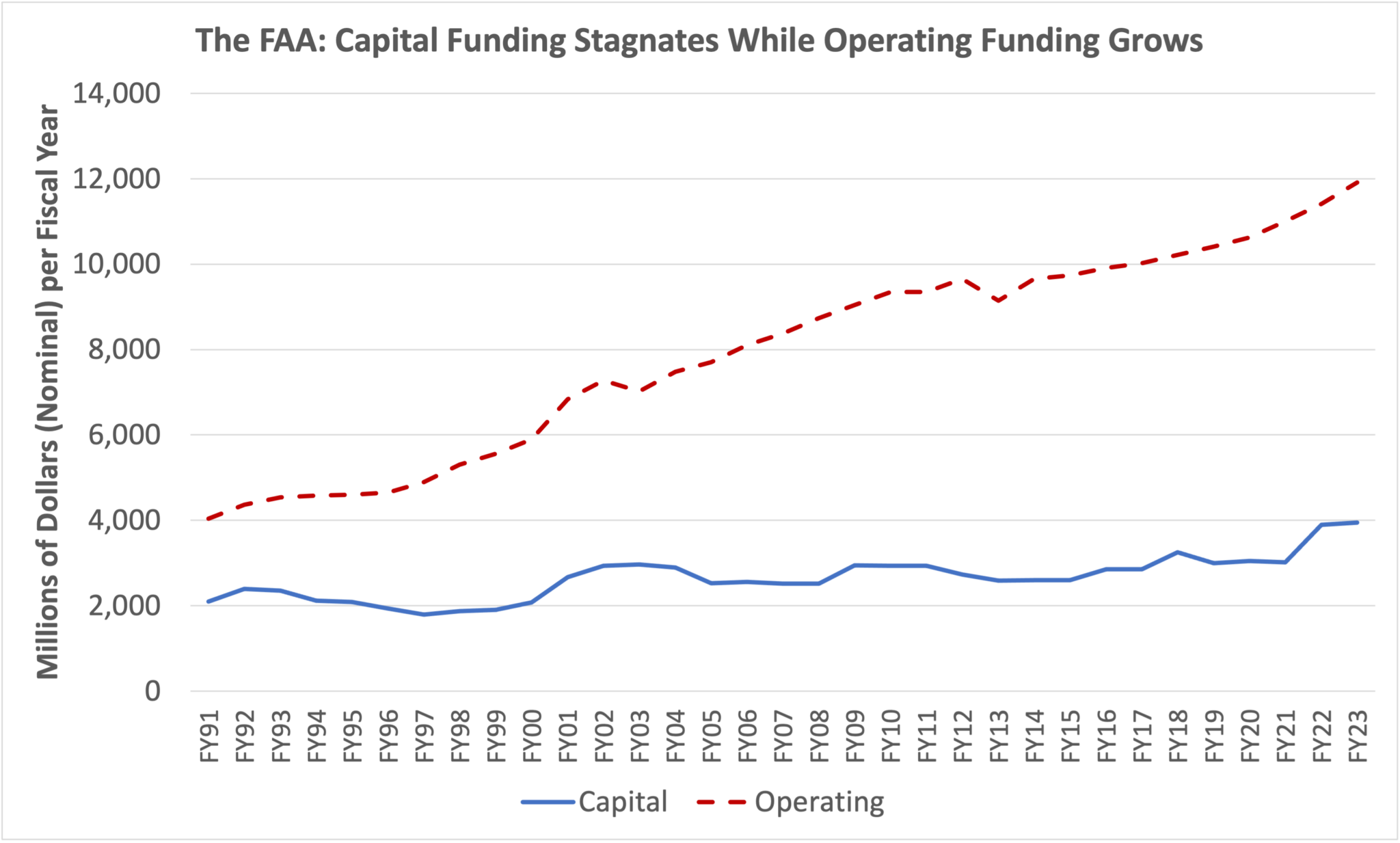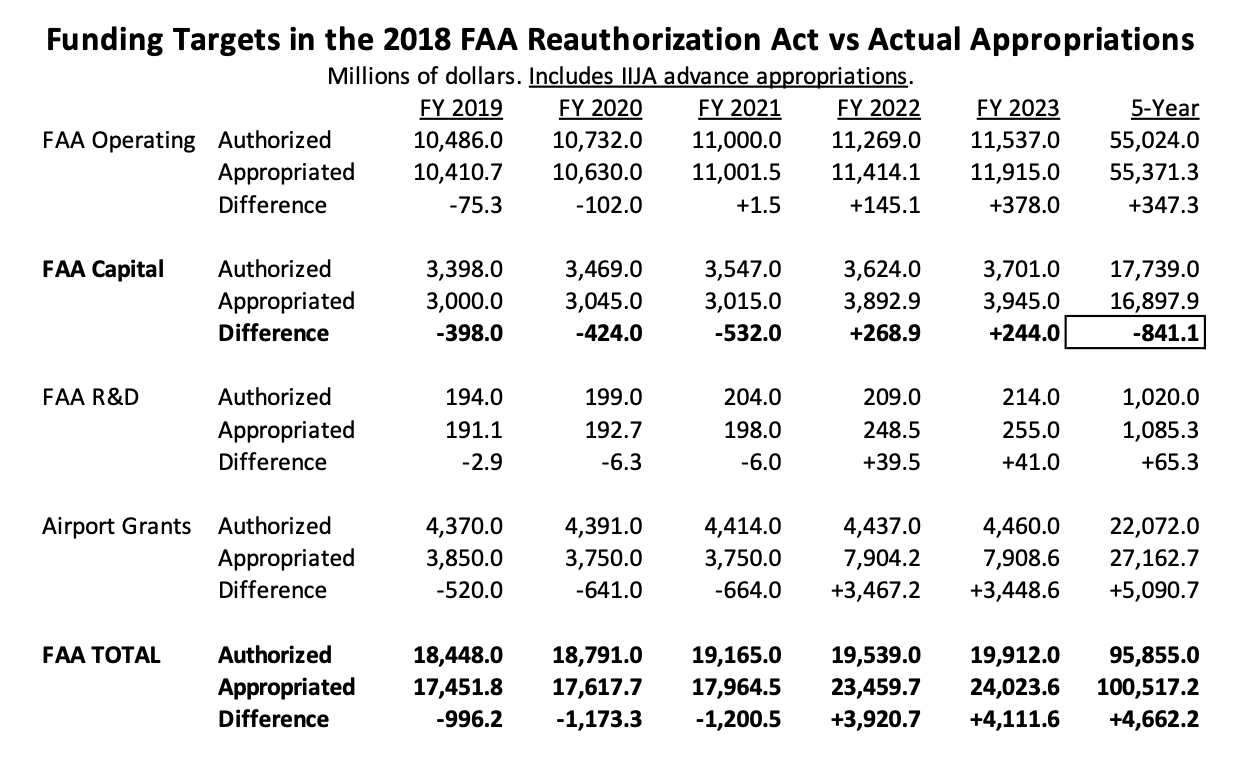The Federal Aviation Administration had to suspend airline flights across the country on January 11 because of a problem with an antiquated electronic pilot notification system, which will force hearings before Congress later this year.
The “notice to airmen” (or NOTAM) system went offline early on the 11th, and since pilots are required to read all relevant NOTAMS before taking off, the unavailability of the system forced the FAA to suspend all takeoffs until the system went back online later that day. (Even though the chairman of the National Transportation Safety Board in 2018 called NOTAMs “a bunch of garbage that nobody pays any attention to.”)
Yesterday, the FAA released a statement that the outage was caused when “contract personnel unintentionally deleted files while working to correct synchronization between the live primary database and a backup database.”
But the fact that the badly outdated NOTAM system is still in place at all, like so much other outdated technology used by the U.S. air traffic control system, does serve to draw attention to how capital spending tends to be crowded out by operational spending during the annual appropriations process for the FAA.
In fiscal year 1991, Congress appropriated $4.04 billion for FAA Operations and $2.10 billion for FAA Facilities and Equipment (the capital account), a ratio of 1.9 to 1 in favor of operating spending. Ten years later, in fiscal 2001, that had grown to a ratio of 2.6 to 1 ($6.84 billion to $2.67 billion). After another decade had passed, in fiscal 2011 the ratio had grown to 3.2 to 1 ($9.35 billion for operations versus $2.94 billion for capital). Ten years after that, in fiscal 2021, the ratio had grown to 3.6 to 1 ($11.00 billion operating versus $3.02 billion capital).
Put another way, from 1991-2021, appropriations for FAA Operations averaged a 3.5 percent annual growth rate, more than double the 1.6 percent average growth rate for Facilities and Equipment.
This trend has been briefly reversed by the $5 billion in one-time funding for Facilities and Equipment from the bipartisan infrastructure law (the IIJA), split evenly into annual $1 billion tranches over fiscal years 2022 to 2026. In the first year of IIJA funding, the operations-capital funding ratio dropped down to 2.9 to 1, but this is expected to be temporary.

Focusing solely on dollars can be misleading. To the extent that capital funding is buying new computer systems, for example, $1 million being spent today might conceivably be buying far more than was purchased with $1 million 30 years ago. (Remember how the original Macintosh in 1984 cost $2 grand nominal with a 9-inch black-and-white monitor and 128 KB RAM, and today you can buy a toaster for a hundred bucks that has more computing power than that? Similar principle at work, even on large bespoke systems like those used by the FAA.) Nevertheless, one cannot expect to run into that kind of decreasing real cost over time on most capital expenditures.
Every few years, the transportation policy committees of Congress are supposed to analyze FAA’s needs and set new target levels for annual appropriations in a multi-year authorization law. The last such law was enacted in 2018 and it is now in its final year. But the Appropriations Committee’s don’t seem to meet those target levels for FAA internal capital the way they do for salaries or for external grants. Even counting the extra $1 billion per year from the IIJA in 2022 and 2023, the appropriators were $841 million short of the authorized target levels for the F&E account over the five-year life of the most recent authorization bill.






